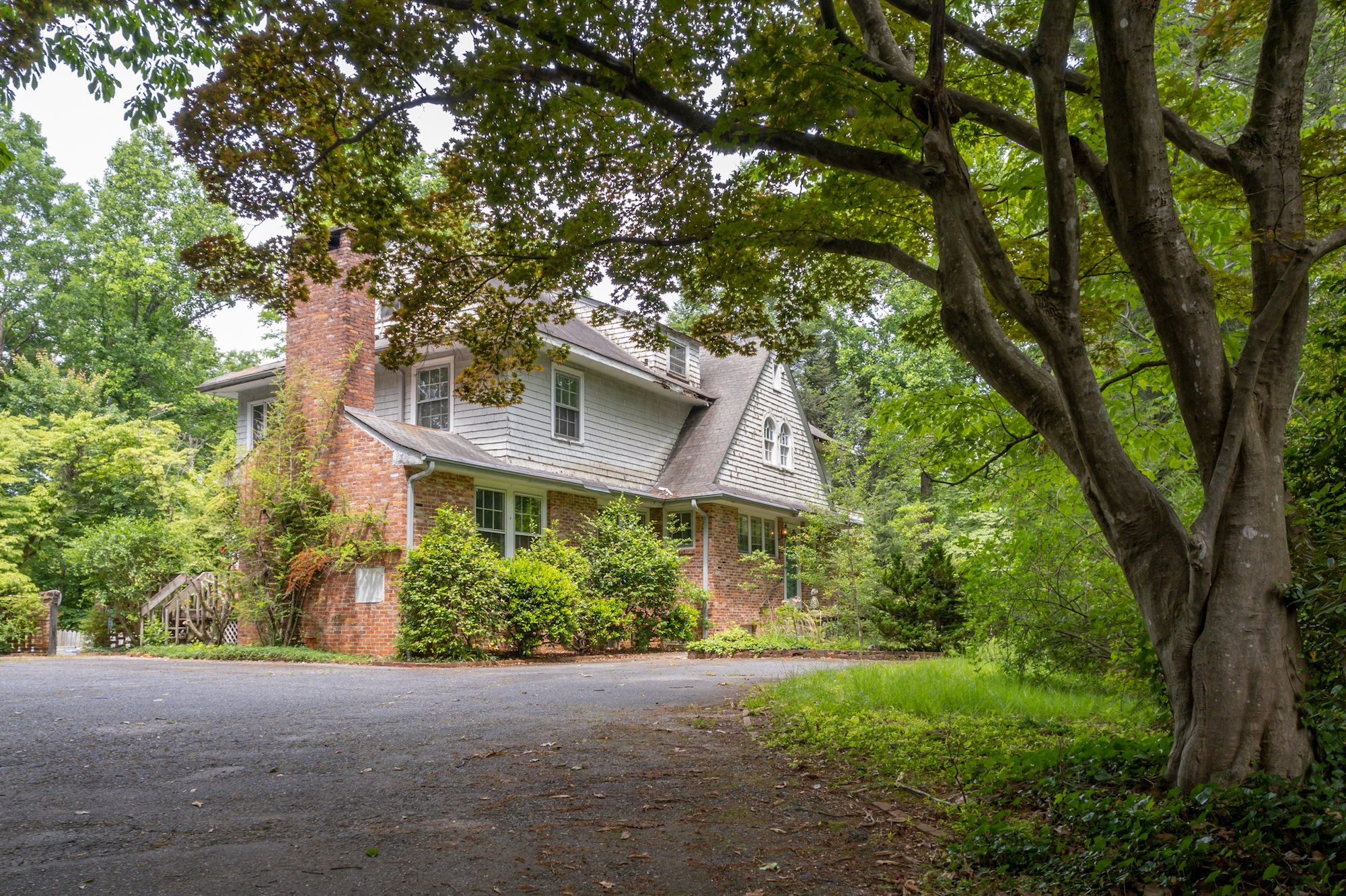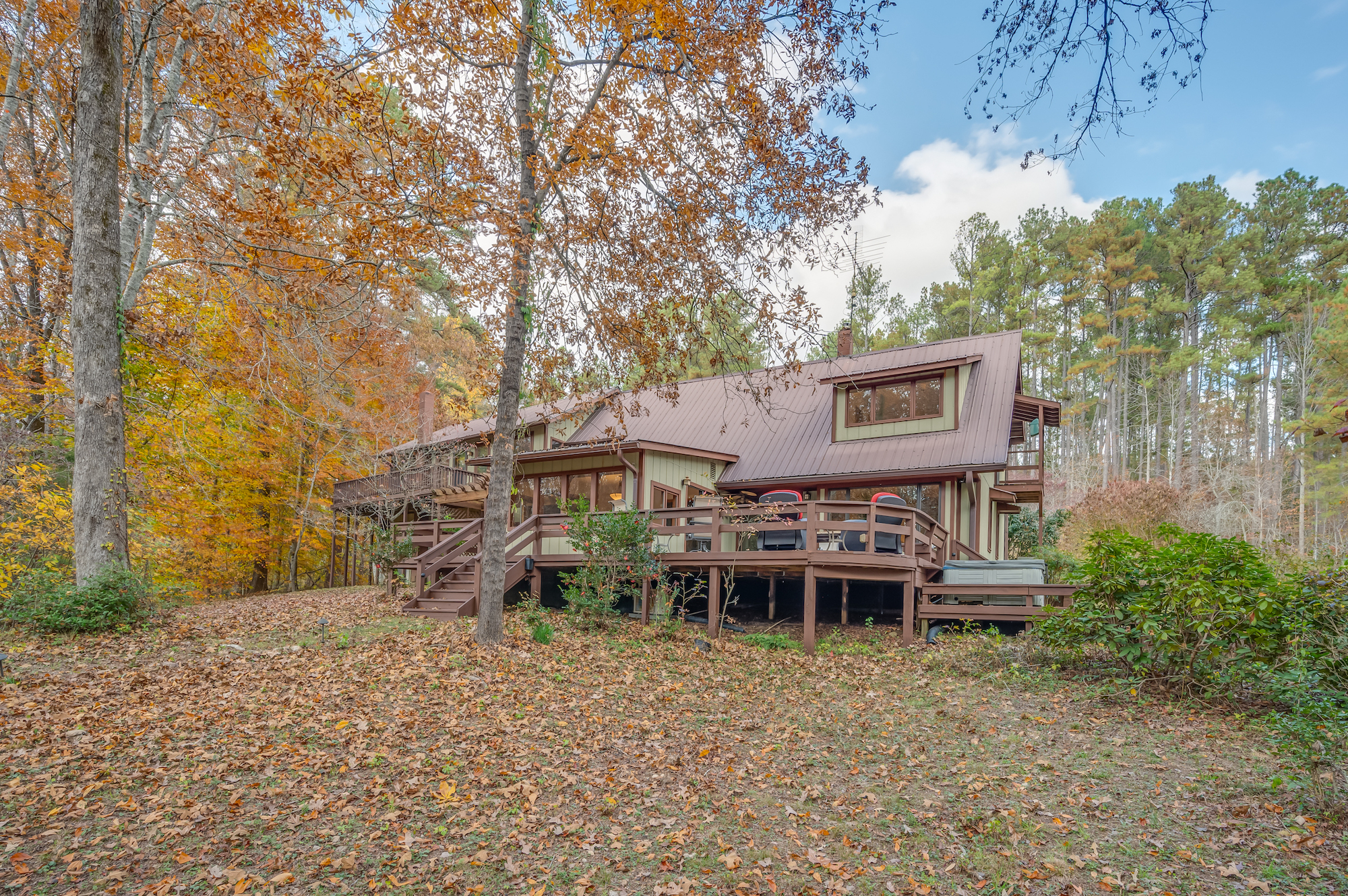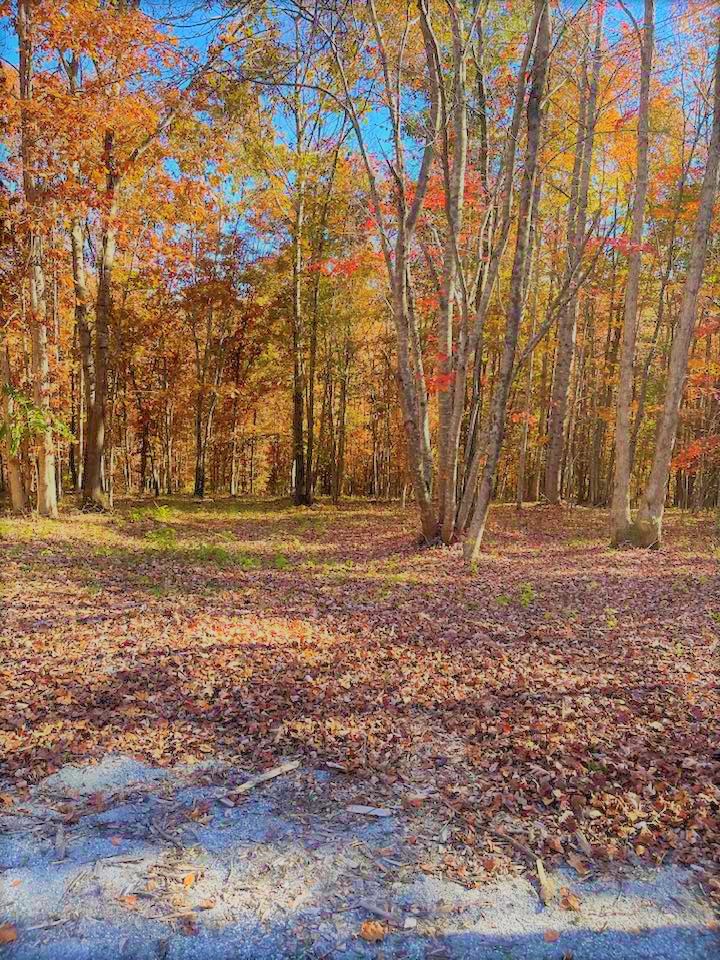Saluda
City-Data
When I think of Saluda, I think of the old Andy Griffith Show and everything that is associated with it.
Be sure to stop at Ward’s Grill for breakfast or lunch. Walking in this place will take you back about 40 years, the food & service will win you over and you’ll come back as often as possible. Expect a short wait for a table, because this is a very popular spot and there is a minimal amount of seats. There are other great restaurants in town too; The Green River B-B-Q, The Purple Onion and several more choices.
You’ll find some wonderful gift items at Heartwood Gallery, Curtis Wright Outfitters and several other wonderful places in town.
Looking for real estate in this town? Tryon Foothills Realty is your #1 Choice for home & land sales in this area, so be sure to call for availability.
Some Historic Places and Places to see
The Mountain Home – Built in 1910 as a retreat for the Brotherhood of Railway Clerks. Now The Orchard Inn. Hwy 176, Saluda
Episcopal Church of the Transfiguration – Built in 1892 it still has the original furnishings and beautiful and unusual stained glass windows. Charles St., Saluda
Saluda Depot – Built in the early 1800’s. Now a shop. Main St., Saluda
Saluda Grade – The train tracks follow the steepest, class 1, main-line grade in the U.S. With a total of over 50 curves, the gradient ranges from 3.7% to 5.59%, rising 885 ft in a three mile section. Hwy 176, between Saluda and Tryon
The Oaks – This beautiful Victorian home was built in 1894 for a local banker. Now a Bed & Breakfast Inn. Greenville St., Saluda
Pearson’s Falls – With the falls thundering over a 90 ft drop, this property of the Tryon Garden Club is a remarkable botanical wonderland. Offering hiking, bird-watching, picnicking and more. Hwy 176, Saluda
Green River Cove – Runs from Saluda to Lake Adger and has 2 access areas to the Green River, Fish Top and Big Rock, for swimming, tubing, kayaking and other outdoor activities. Saluda
Bradley Falls/Little Bradley Falls – Beautiful trails that cover acres of woods, streams and breathtaking waterfalls & gorges. Parking is on the right 3.2 miles from brick columns at Heaven’s View Motel. Trails to the falls are on the left before the bridge. 1-26 Saluda exit. Holbert’s Cove Rd. Proper clothing & footwear advised.
This information was gathered from wikipedia and www.historicsaluda.org and combined.
The city of Saluda is located in both Henderson and Polk counties. Saluda is famous for sitting at the top of the Norfolk Southern Railway’s Saluda Grade, which was the steepest main line standard gauge railroad line in the United States until Norfolk Southern ceased operations on the line in 2001. The main street of Saluda is a bustling hub of newly formed restaurants and art galleries. Tourists and cyclist are common on summer and fall weekends due to the many winding mountain roads located around Saluda. The main town festivals are Coon Dog Day, The Saluda Arts Festival, and The Home Town Christmas Celebration.
Saluda Arts Festival
Fine artists from all over western North Carolina and South Carolina exhibit and sell oil, water colors, acrylic paintings and drawings, wood working, photography, pottery, jewelry, sculptures, stained glass, metal working, and more. The festival also offers live demonstrations of landscape painting, weaving, pottery, and black smithing.
Coon Dog Day Festival
Coon Dog Day is one of the oldest festivals in Saluda, it is a homecoming and celebration which includes food, live music, a parade, crafts, street dance, and more. The festival also includes a 5k race and a benefit breakfast at the Saluda Masonic Lodge.
Saluda Home Town Christmas
Main Street is decked out in Christmas lights and holiday decorations. This long-standing tradition has become a way for Saluda residents to come together and celebrate the holiday season. Businesses and shops are open and serve holiday refreshments while local musicians perform. The open house and musical events are closed with an ecumenical service delivered by Saluda ministers at the Saluda Presbyterian Church.
Saluda offers a number of unique restaurants and the majority of the shops are located on Main Street.
Saluda offers local artists work in many small studios and shops. Saluda is also very close to the Tryon Fine Arts Center, which helps to promote local art, music, film, and other cultural endeavors, and the Asheville Art Museum, Colburn Earth Science Museum, Diana Wortham Theater, and the YMI Culture Center. The Brevard Music Center is also a short drive away and provides young musicians with the opportunity to develop their talents. Sauda is also quite close to the Flat Rock Playhouse, The Blue Ridge Performing Arts Center, and the Tryon Little Theater.
The Saluda Community Land Trust manages parks and develops trails including the Lazy Girl Loop, Tryon Missing Trace 40, Little Park, and a Community Garden. A small park with a playground and picnic shelter borders the railroad tracks on Main Street. Saluda Dog Park is on Chesnut Street. Many parks and forests are within driving distance of Saluda, including the Green River Game Lands, Dupont State Recreational Forest, and Pisgah National Forest.
There is one public school; Saluda Elementary which offers grades PK-5th.
There are 3 Hospitals/medical centers near Saluda:
- St. Luke’s Hospital (Critical Access Hospital, Voluntary non-profit – Private, provides emergency services, about 10 miles away; Columbus, NC
- Margaret R. Pardee Memorial Hospital (Acute Care Hospital, Government – Local, provides emergency services, about 13 miles away; Hendersonville, NC
- Park Ridge Hospital (Acute Care Hospital, Voluntary non-profit – Other, provides emergency services, about 17 miles away; Fletcher, NC
The original name was “Pace’s Ridge”, from the Pace family who inhabited the area. The Pace family name is still found all over Saluda. Many of the original families were Scots-Irish who left Pennsylvania around the time of the Whiskey Rebellion in the early 1790s.
Count Joseph Marie Gabriel St. Xavier de Choiseul, French consul to Charleston, South Carolina, and cousin to Louis Philippe I of France, bought land in 1831 from the Barings of nearby Flat Rock and built his home – Saluda Cottages.
In 1878, there were only two houses in the limits of present-day Saluda. The completion of the Southern Railroad that same year brought about a large change in Saluda. The Saluda railroad grade is unmatched by any main line east of the Rocky Mountains with a grade that drops 600 feet to the mile. It was originally built to connect the Asheville and Spartanburg Railroad. The railroad was built with convict labor, which marked the first use of convict labor on a large scale, and was supervised by Colonel Andrew Tanner who operated the first hotel in Saluda and was also elected the first Mayor of Saluda in 1881. In 1881, eight passenger trains passed through Saluda daily with about 3,000 visitors a year. The Saluda Grade is infamous for runaway train accidents, in 1880 alone, fourteen men were killed on the three mile stretch of track. The train no longer runs through Saluda although there is talk of future passenger train plans.
According to the United States Census Bureau, the city has a total area of 1.6 square miles, all land.
Saluda has a small pristine lake, Lake Summit, which is just large enough for motor boats.
Some of the early residents of Saluda included: Benjamin Staton, William Metcalf, Burrell Pope Pace, Cade Underwood, Samuel Gordon, three of whom are buried in the Metcalf graveyard in the Fork Creek community, the fourth was buried on a hillside in 1815 in what later became the Old Mountain Page Graveyard. His graveyard is located in present-day Henderson County. At the time he built his home in the community of Saluda, which was in Greenville county, SC. The state line was later changed and the land Staton owned at the time is now Henderson County.
———————————————————————————————————————–Saluda History
When the decision was made to route the railroad along the Pacolet River and over Saluda Mountain, there were few houses to accommodate even the visiting officials, much less the laborers and section bosses.
Land around Pace’s Gap was owned mostly by the Paces, who seem to have been a prolific family even then.
According to genealogical records, the first Pace came to Jamestown, Virginia in 1607 on the ship Marmaduke, and received a grant from King James. Some time in the late eighteenth century, some of his descendants moved inland, across Virginia, and down through the mountain passes into what is now Spartanburg County, SC. One Burell Pope Pace married Lydia Woodruff in the village named for her family according to the 1800 census. By 1856, when Polk County was formed from parts of Henderson and Rutherford Counties, the Paces had moved to the Saluda Mountain area and were attending Mountain Page Baptist Church. The oldest known grave in the Mountain Page Cemetery is that of Burrell Pace, who died in 1816. He was the father of Moses Pace, and moved to the area with Moses and Margaret some time after 1800. Moses lived until 1858 when he died at the age of 87 and is buried at Mountain Page with his wife Margaret, who died at age 93.
When the Paces were moving in from the east to Saluda, the Thompson’s were moving in from the west. There were Thompson’s in the Green River-Mills Creek area from the very early days. John Thompson, one of the seven brothers who came from Ireland to settle in Pennsylvania, Virginia, and later in Georgia, and the Carolina’s moved to what is now Lynn, NC, in the early 1800’s. One of his sons, Frank, built a house at the foot of Warrior Mountain, and another son, Asbury, named for Bishop Asbury but called Berry for short, built a house in the forks of the road where Holbert Cove Road splits from Howard’s Gap Road. The house was used as a stopover for stage coaches between Spartanburg and Asheville and served as trading post, election center, and Post Office until the railroad brought prosperity to Pace’s Gap in 1878. When Friendship Church was organized in 1834 by people living along Howard’s Gap Road, there were Thompson’s in the congregation.
In any case, when the railroad men came, there were Paces and Thompson’s in the neighborhood to greet them, and most of the deeds in the Polk County Records for Saluda Township in the years from 1875 to 1885 bear the name of Pace or Thompson as ‘grantor’.
In 1877 Andrew Tanner from Rutherford County, a contractor for the Asheville/Spartanburg Railroad, had the foresight to buy property near the railroad right-of-way at the top of the grade to build a commissary for the railroad employees and the first hotel in the village, known as Mountain House. There are deeds to Mr. Tanner that year from both Paces and Thompsons.
There was already one log house on what was later to be the school grounds, and a boarding house for stage drivers known as Pace House belong to Ransom Pace on the old drover trail up the Howard’s Gap. Quickly, from this beginning, the town sprang up near the right of way at the top of the grade. The laborers lived in tents and shanties near the tracks between Tryon and the top of the hill, but the foremen and engineers sought better accommodations.
When the Legislature passed an act in February 1881 chartering the town of Saluda, Andrew Tanner was named as mayor, John Forrest, J. R. Davis, and F. M. Linlev as Town Commissioners, and T. J. Ballard as Marshall to serve until an election was held. John Tanner was named first Postmaster, but J. Lee Hart would soon take his place and, known to everyone in town as ‘Daddy’ Hart, serve as Postmaster for almost twenty years.
The town, which spread over seven hills like Rome, was to cover an area ‘one mile square with the railroad exactly in the center’. Its altitude ranged from 2096 to 2200 feet above sea level. It was named ‘Saluda’ for the Saluda Mountains which in turn were named for the North Saluda River that flows at the bottom of the ridge that divides the states of North and South Carolina not far from town. Tradition has it that the river was named for an Indian chief whose name sounded like Saluda to white men, and means Corn River in Cherokee. An article in an early Saluda Magazine says, “The town was incorporated in order to protect the schools and churches from whiskey disturbances.”
The very early records of the Saluda Township meetings are lost in the past, probably burned. The books from 1918 until 1931, reveal the rise and fall of prosperity if one reads between the lines and a sporadic effort, since then, to return to the glories of bygone days. But for its first four or five decades. Saluda was one of the most exclusive resorts in the mountains, frequently by wealthy Northerners as well as the old established families of the Lo-Country and Midlands. Even during the Great Depression, the owners of summer houses came to Saluda where food was plentiful and cheap and where people out of work by the closing of plants and factories were glad of yard and maintenance work and housework to keep going. The hotels and inns, though, were forced to close for want of paying customers. As the Depression began to let up in the 1930’s,the hotels and boarding-houses were refurbished and reoccupied, and the summer tourist trade boomed until World War II put a stop to extended road and train travel.
In those first five decades, there was always plenty of business for hack drivers at train time, picking up passengers and their luggage from the depot to transport them to their hotels, homes and boarding houses. Wagons and surreys and later, touring cars with jump seats, waited at the station to haul debarking tourists and lure them to their vehicles. According to old timers, everybody took wagons down to meet the trains in hopes of picking up a fare. Vendors came from restaurants in town carrying trays of fried chicken and sandwiches for passengers remaining on the trains.
The year round inhabitants – the mountain people and the outlanders who were hardy enough to weather the winter storms and had settled here – fashioned their lives in two separate sections: the tourist season and the peaceful wintertime. Saluda expanded its downtown section and continued to thrive, but everyone was especially busy once the cold winter winds stopped blowing and the dogwood blossoms signaled the advent of ‘the Summer People’.
The term ‘Summer People’ referred to the people from the Lowlands and Midlands of South Carolina and Georgia who came year after year to stay in houses built on the hills above town. Some of them took in selected paying guests without being considered boarding houses. The older folks spent their days visiting on front porches and enjoying the mountain air while the younger set had their fun playing tennis, going for long walks, and attending the weekly square dances. The Summer People’s grandchildren, great-grandchildren, and great-great-grandchildren in many cases still occupy the big airy Victorian houses at least part of the year.
In the 1950s and ’60s, the federal government began building an interstate highway from Charleston to Asheville that would route traffic away from downtown Saluda. Since the new road would go over Warrior Mountain, many of the old folks thought it would never be finished. The railroad builders had known that the ground was too unstable to support a railroad, just as the Cherokee had known. But with the interstate finished from Charleston to Columbus and from Asheville to Saluda, the highway department was determined to finish the missing link. It took eight years and many millions of dollars to finish the 7.5 mile stretch, but finally, by drilling homes in the rock to drain off the water of the main artesian wells, and stop-bench grading to prevent landslides, Interstate 26 was completed in 1976.
Since the heavy traffic had increased to dire proportions on the Tryon – to – Saluda section of Highway 176 during those eight years, Saludans breathed a sigh of relief. The big trucks now roared by at a distance, and people who wanted to leisurely browse and shop came into town.
For a concise and historically accurate compilation of Saluda’s history, read the PDF document prepared by George A. Jones in 1981 at http://www.historicsaluda.org
For further information check out









